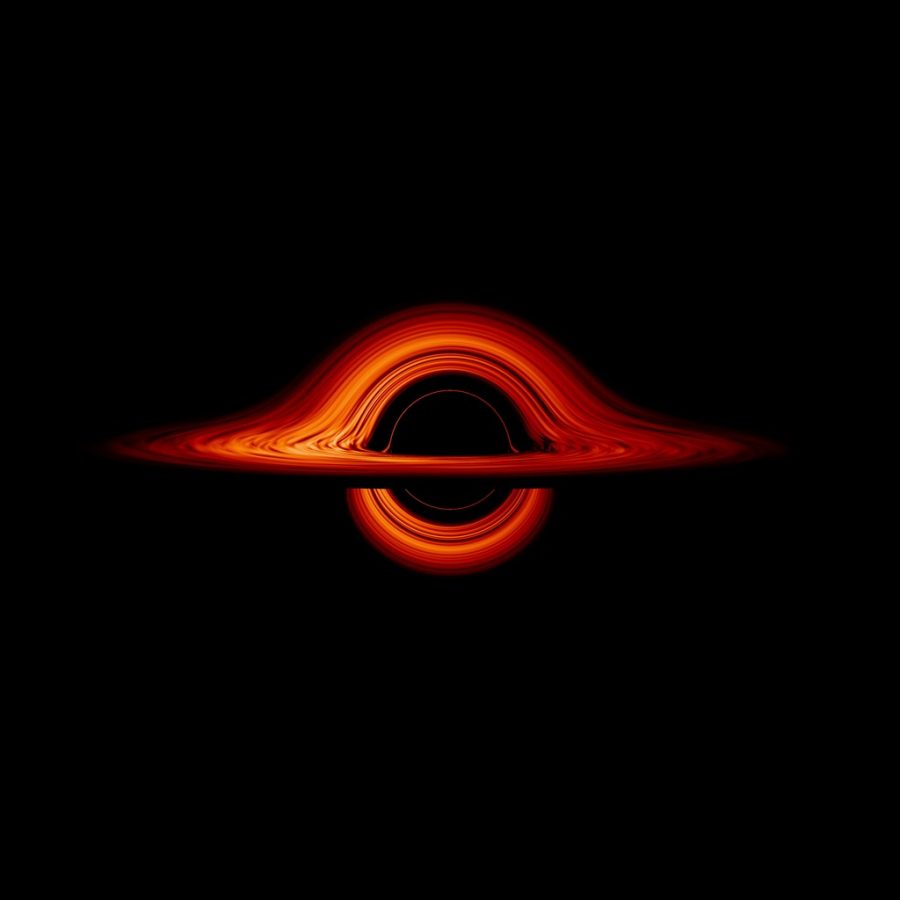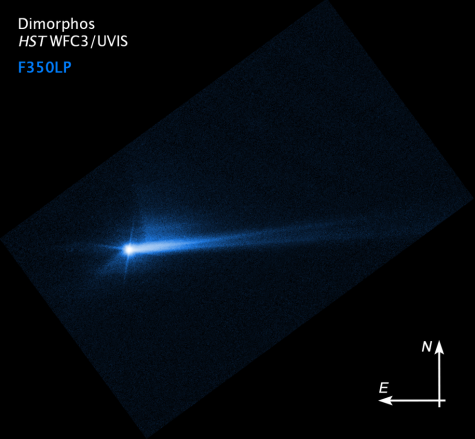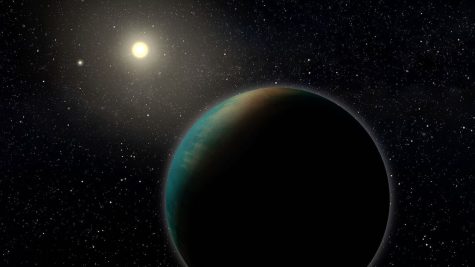Astrophysicists discover light from behind a black hole
Stanford astrophysicist Dan Wilkins and his research team discovered what seemed to be nearly unthinkable to pick up — bright, colorful flashes appearing from the far side of a black hole, where no light can escape its immense gravitational pull. These lights, invisible to humans because it is part of the x-ray spectrum, seem to be echoes of flares from gas in orbit around the black hole. This halo surrounds the corona of a black hole, which is between the accretion disk (a flattened elliptical structure made of diffuse materials falling towards an object with a strong gravitational pool) and the event horizon (the boundary from which nothing can escape the pull of a black hole). These echoes of light bounce off of the accretion disk located in the balck hole’s shadow and are therefore possible for scientists to observe.
Albert Einstein predicted this phenomena in his theory of general relativity. According to him, the gravity of black holes bend space and time, magnifying and forcing light to travel differently. Known as gravitational lensing, this can be observed on Earth with solar eclipses. If someone were to look for stars close to the sun in their normal position during such an event, the stars would appear in slightly different positions due to the sun’s gravity distorting light.
Wilkins and his team’s discovery was made possible by advancing x-ray imaging. New telescopes intended to see this part of the light spectrum are constantly being developed, and as these instruments improve, scientists will be able to observe even more bends in space and time.











